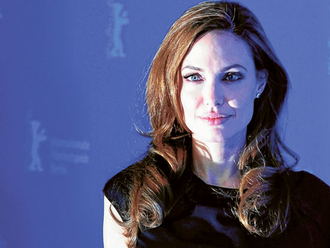
The movie Joker has come under a lot of criticism for depicting and glorifying violence. Moreover, 15 year olds are allowed to watch the movie. Is it okay for young children to be exposed to so much violence?
According to UAE-based clinical psychologist Urmimala Sinha: “Studies do show that violence in movies affects children and the effect is more when it’s glorified. That being said, we need to keep in mind that this effect varies from child to child depending on their understanding, personality and upbringing as a whole. In a nutshell... violence in movies does affect youngsters but is not the only factor instigating violent behavior or attitude.”

Studies do show that violence in movies affects children and the effect is more when it’s glorified. That being said, we need to keep in mind that this effect varies from child to child depending on their understanding, personality and upbringing as a whole.
Dr. Sinha feels it is better for people to be exposed to extreme violence in movie only after the age of 18.
Adding about whether or not violent and psychopathic behavior is justified if a person has had an abusive childhood as shown in the movie, Dr Sinha said: “Violence can never justified but definitely understandable in a person with an abusive childhood. Children learn most from observation… even expression of anger… so, if they are exposed to violence they learn to express their own anger in similar ways.”
Studies: The psychological effects of violent media on children
The Michigan Medicine guide published by the University of Michigan in the US states that thousands of studies since the 1950s have asked whether there is a link between exposure to media violence and violent behaviour. All but 18 have answered, “Yes.”
The evidence from the research is overwhelming. “Extensive research evidence indicates that media violence can contribute to aggressive behavior, desensitization to violence, nightmares, and fear of being harmed.”
Current research tends to agree with the proponents who argue that violent media is associated with aggressive behavior.
Risky behaviour by children and young adults can include violence against others, lack of remorse for consequences. The type of faulty thinking creates stressors in children which can lead to the onset of many different symptoms. Children who view media violence are more likely to have increased feelings of hostility, decreased emotional response to the portrayal of violence and injury that lead to violent behavior through imitation.
The American Academy of Pediatrics reported: “More than one thousand scientific studies and reviews conclude that significant exposure to media violence increases the risk of aggressive behavior in certain children, desensitizes them to violence and makes them believe that the world is a ‘meaner and scarier’ place than it is.”
If children begin to think that this type of violence is normal behaviour these thoughts are often said to be difficult to change later on in life.
This is similar to the studies of domestic violence where children who are exposed to violence either become offenders or victims because they believe that what they are exposed to is the norm.












